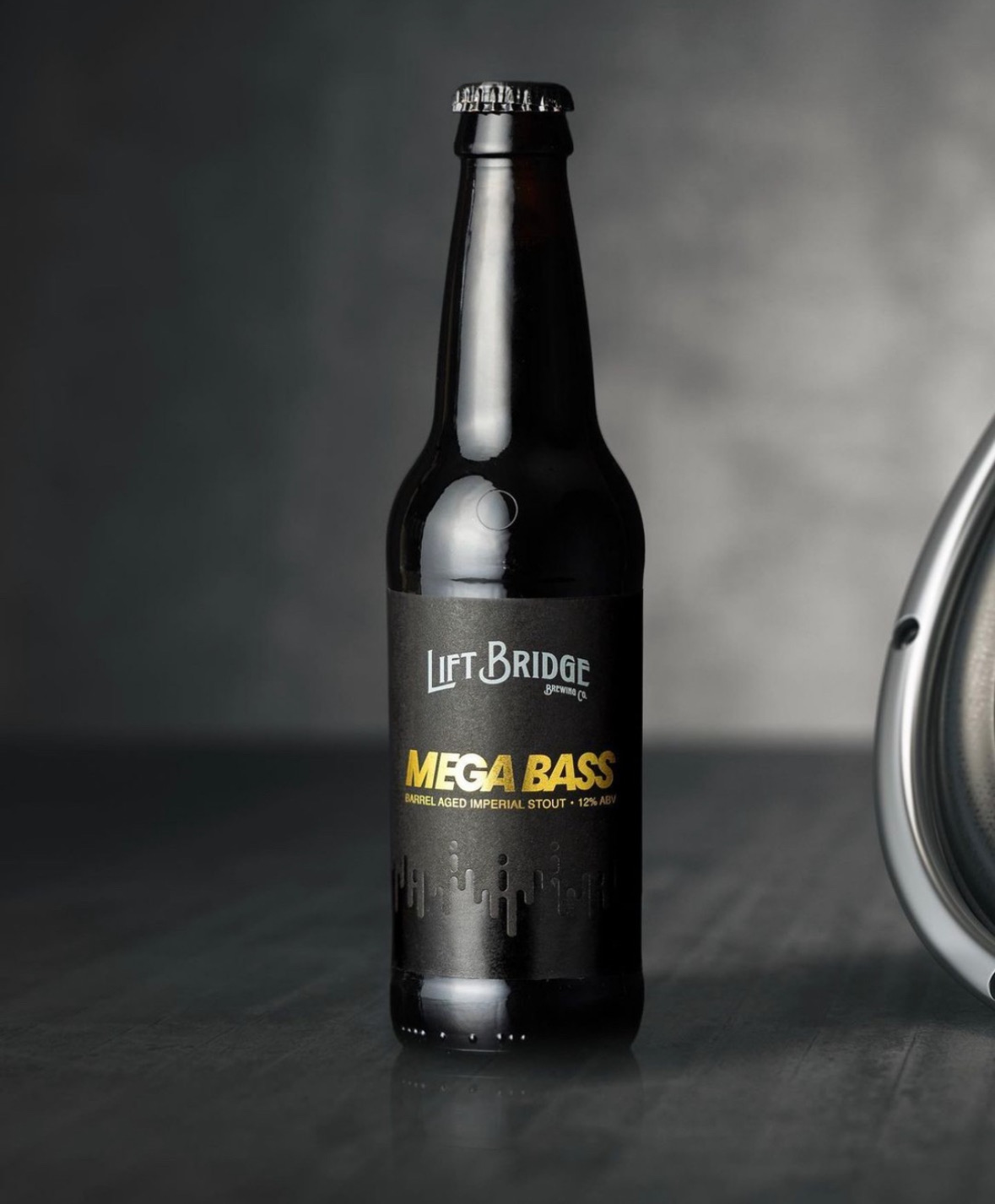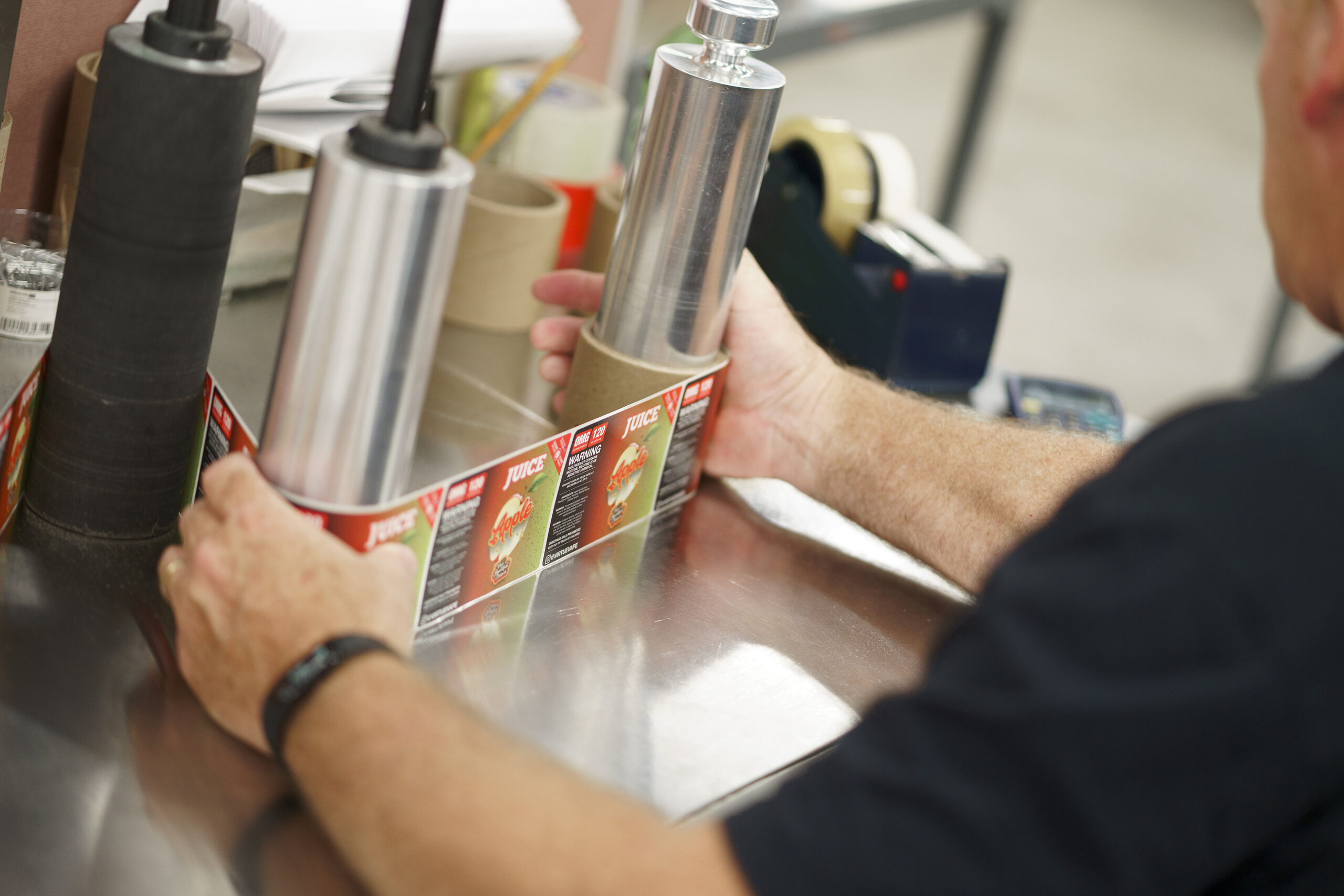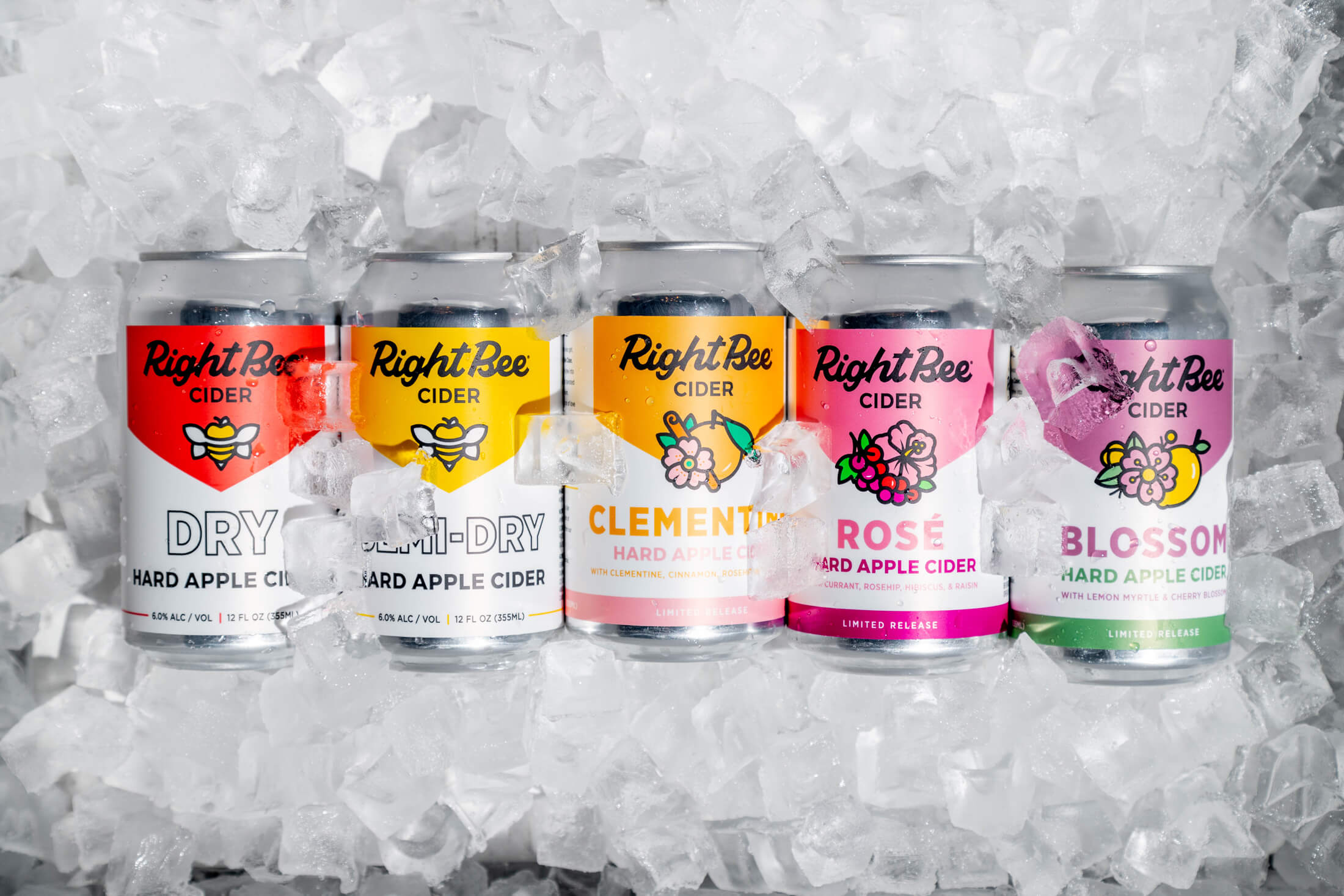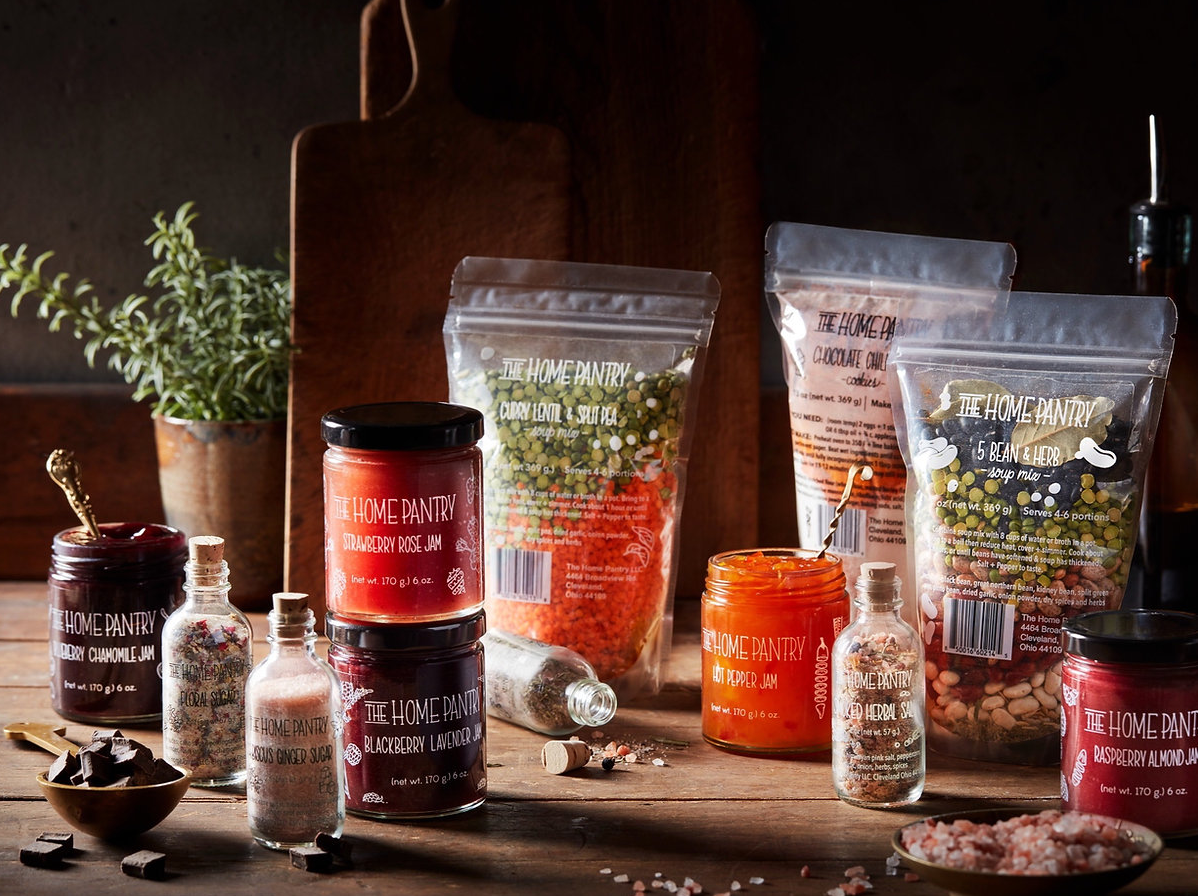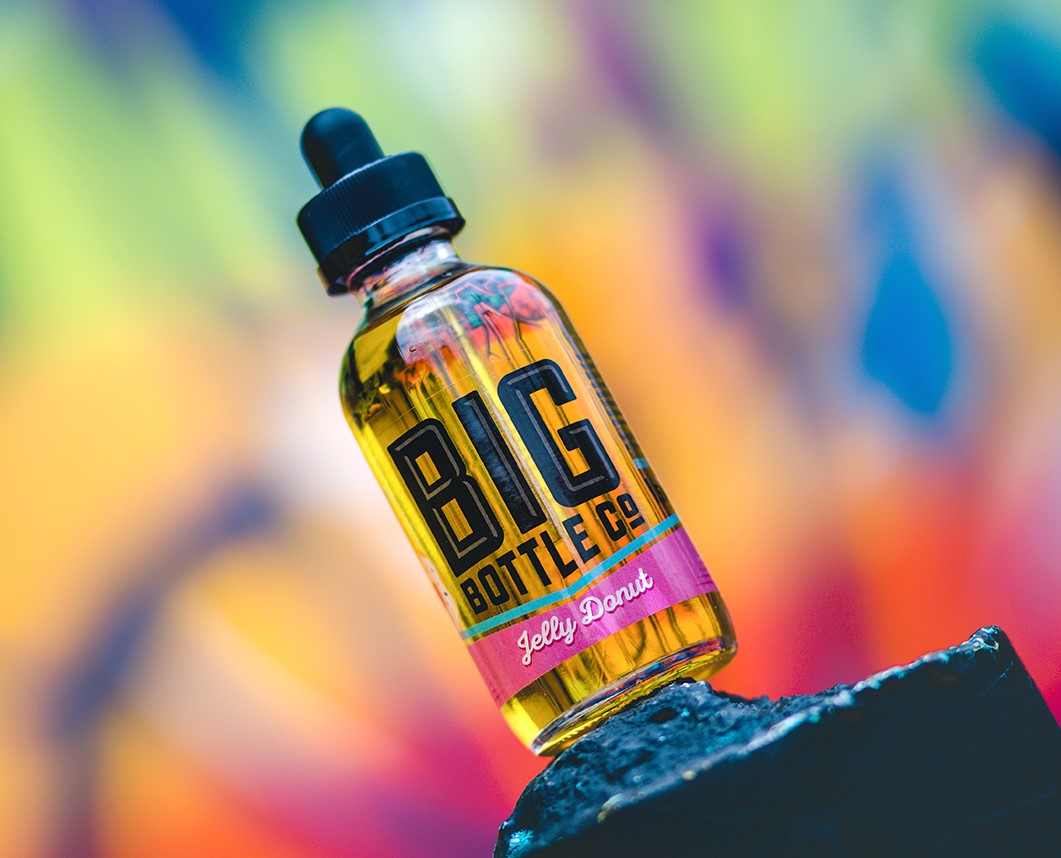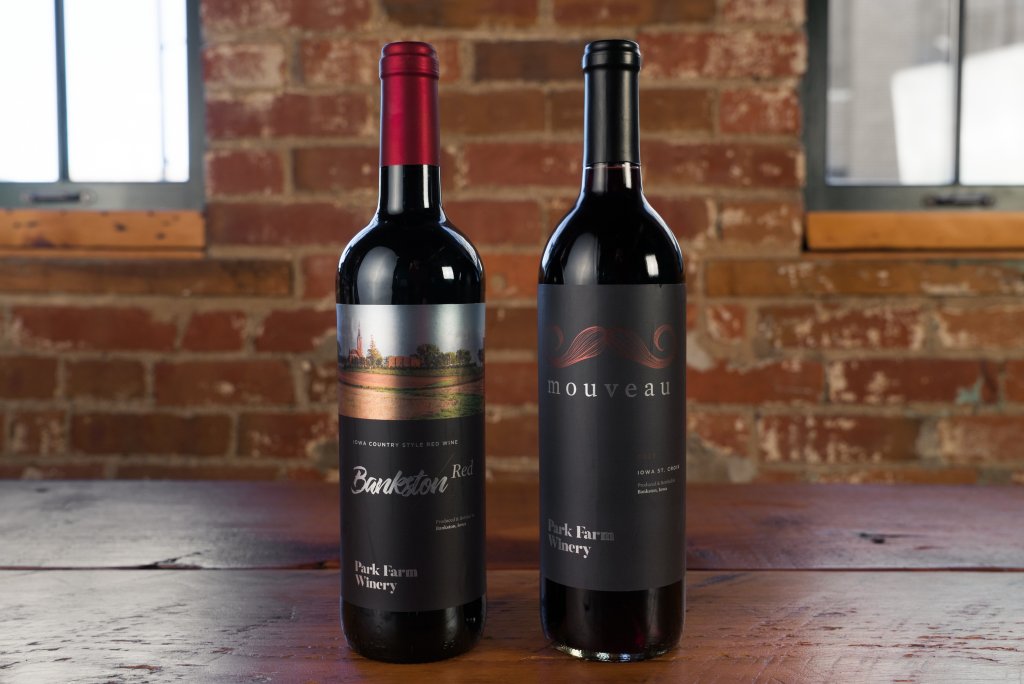What Label Materials are Best for Beer Bottles?
Choosing the right label material for your beer bottles matters more than most people think. A smudged label or one that peels off in a cooler can make a high-quality beer look second-rate.
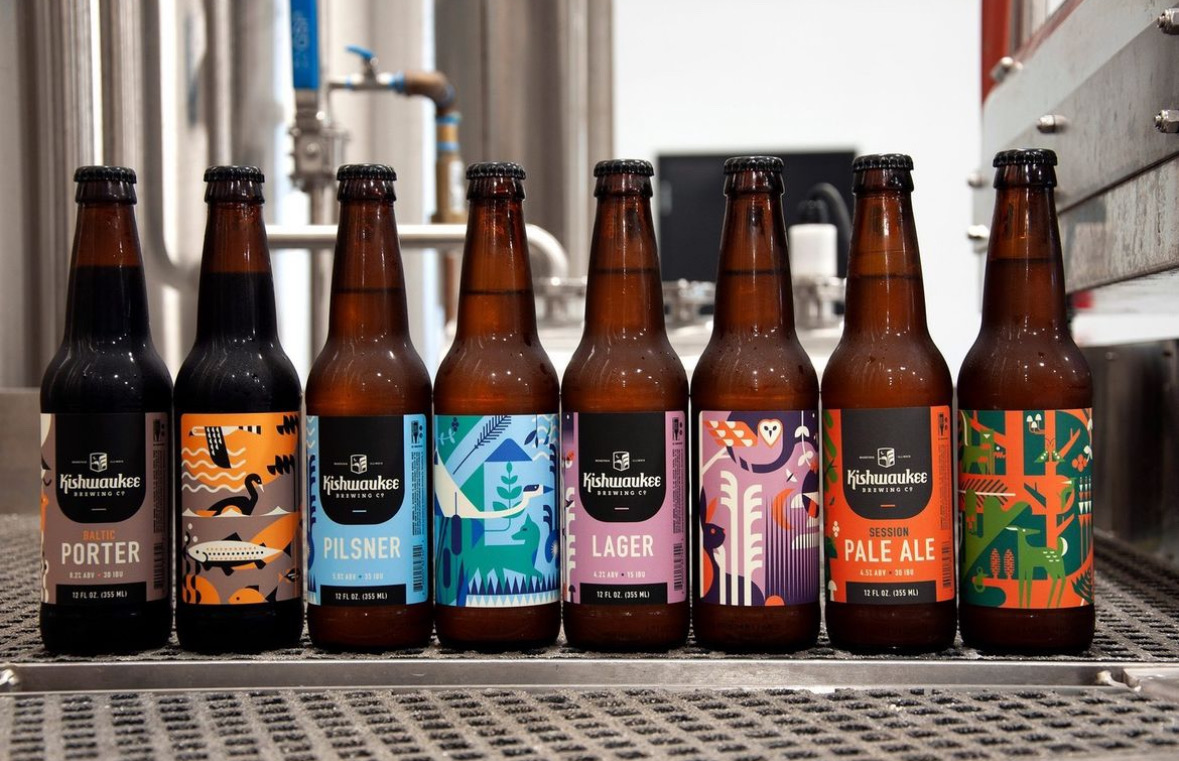
BOPP Labels
Pros: BOPP (biaxially oriented polypropylene) labels are versatile, water-resistant, and oil-resistant. They perform exceptionally in refrigerated and wet conditions, making them ideal for beers stored in coolers or ice buckets.
Cons: Less eco-friendly compared to paper (but keep in mind, paper labels will have problems with moisture and durability).
Best applications: Standard production lines, large batches, breweries looking for consistent performance.
Finishing options: Compatible with lamination, UV varnish (a protective coating that adds gloss or matte texture), hot foil stamping (metallic accents pressed with heat), , screen printing, and spot UV (selective gloss coating to highlight areas).
Environmental factors: Performs well across cold storage, shipping friction, and handling. Resistant to moisture, abrasion, and temperature shifts. These labels won’t smudge or slide off when pulled from a cooler full of ice.
Shrink Sleeve Labels
Pros: Shrink sleeves offer 360-degree branding, meaning the label wraps entirely around the bottle, maximizing design space. They work perfectly for bottles with unique shapes and are highly durable and abrasion-resistant.
Cons: Higher upfront cost; you or your co-packer will need to have specialized application equipment to apply the shrink sleeves to the container. Less environmentally friendly and more difficult to recycle compared to pressure-sensitive options unless you add a perforation and the consumer removes from the container prior to recycling
Best applications: Premium products, uniquely shaped bottles, full coverage branding.
Finishing options: UV varnishes, cold foil, screen printing, spot UV, tactile (sand) varnish.
Environmental factors: Resistant to moisture and abrasion; heat sensitivity requires careful application control. Inner-printed sleeves are protected from scuffs during shipping and shelving.
Paper Labels
Pros: More extensive embellishment options and good for a rustic or artisanal brand look.
Cons: Vulnerable to moisture unless coated or laminated, which can increase cost. In refrigerated or damp environments, untreated paper labels may absorb water and wrinkle or peel.
Best applications: Small batch, premium artisan beers, or products stored in dry conditions.
Finishing options: Die cutting, lamination, UV varnish, hot foil stamping, embossing, screen printing, and spot UV.
Environmental factors: Must be protected from moisture; less suitable for refrigerated or wet environments unless heavily treated.
Vinyl Labels
Pros: Durable, moisture-resistant, excellent for outdoor exposure and long-term storage.
Cons: Higher cost than paper or BOPP; adhesive compatibility is an important factor. May not be the best fit for high-volume runs due to cost.
Best applications: Beers frequently exposed to outdoor environments or harsh storage conditions—think beer garden seasonals or special event releases.
Finishing options: Compatible with die cutting, lamination, UV varnish, hot foil stamping, embossing, screen printing, and spot UV.
Environmental factors: Excellent performance in moisture, cold storage, UV exposure, and abrasion conditions. Maintains label clarity and adhesion even after extended outdoor use.
Quick Comparison Table
| Material | Durability | Moisture Resistance | Cost | Best Application |
| BOPP | High | High | Low | General-purpose labeling |
| Shrink Sleeve | Very High | Very High | High | Unique shapes, premium branding |
| Paper | Low | Low (unless treated) | Moderate | Dry environments, artisanal look |
| Vinyl | High | High | High | Outdoor, harsh conditions |
Choosing your label material means considering your production scale, product storage conditions, and desired brand impact. Need help deciding which material suits your specific needs? Contact us or request a sample pack and we’ll guide you through it.
